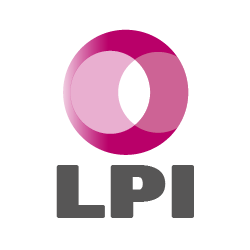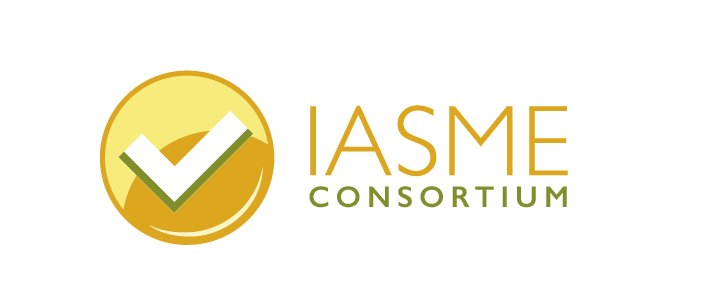It’s almost become a cliché through its repetition to the point of fatigue, but it is an unavoidable fact that over 50% of companies state that they cannot find the skills they are looking for – almost double what it was a decade ago.
Further still, with reskilling and upskilling remaining the firm favourite in Don Taylor’s 2022 L&D Global Sentiment Survey, we ignore the skills gap at our peril. But whilst we’re all aware that we’re facing a veritable ‘skills Sahara’, is it possible to pinpoint where to focus our strategy, budget and priorities to ensure we can arm our workforces with the skills that they, and the business, need to not only survive but thrive in the future of work?
Its like the wise woman once said when asked ‘how do you eat an elephant?’ – you start one bite at a time! Whilst, of course, we do not advocate eating elephants, addressing the skills gap can feel like a mountainous task. So, in this first of two ‘deep dives’, we hope to provide some insight into the nature of the skills gap so we can start to break it down and make it more manageable. And stay tuned for the follow-up, where we’ll address how your organisation can start to close the gap.
Skills under the microscope
So, where do these skills gaps currently exist and where should I focus my skills strategy? Whilst the gaps vary across different sectors – and you may have your own particular areas of focus – there are some familiar faces that keep cropping up. And it is worth drawing the distinction between soft and hard skills. Soft skills are often neglected as they are harder to display and verify but also often relate less directly to someone’s technical ability to ‘do the job’. In turn, they are also deemed notoriously hard to acquire – but how much of that is fact or fiction? Whilst soft skills are undoubtedly a trickier proposition, there are certain ways your organisation can tailor your learning to accelerate their development within your workforce.
And the truth is that hard skills would be rendered almost useless without soft skills: they are an essential part to improving one’s ability to work with others, making them integral to the bigger picture.
Soft skills and emotional intelligence
LinkedIn, with their access to many millions of professional profiles and job postings, are able to provide insight into where the skill gaps have, or will, appear. Through their research, they found that the most in demand soft skills are: creativity, persuasion, collaboration, adaptability and emotional intelligence.
Perhaps the most important result here is the emergence of the term ‘emotional intelligence (EQ)’. In recent years, more and more organisations have been paying attention to emotional intelligence – both what it means, and how to cultivate it.
Essentially, EQ is having the capacity to be aware of, express and control one’s emotions, alongside the ability to handle interpersonal relationships in an empathetic and judicious manner. People with high levels of EQ experience more career success, build stronger personal relationships, lead more effectively and enjoy better health than those with low EQ. With this in mind, cultivating a workforce with high levels of EQ should be seen as a key component of an organisations strategy, not only when it comes to recruitment, but also by weaving these qualities into organisational learning and development, policies, procedures and work processes. As nurturing a workforce with greater personal – and professional satisfaction – can boost productivity, innovation and motivation.
But how can this be done both effectively and efficiently? Check back in for part two!
Hard skills and the ‘usual suspects’
When it comes to hard or technical skills, recent studies confirm what we probably intuitively know – the future is digital! But to be more specific, the top skills employers were lacking in 2021 were the following; cloud computing, data analysis, artificial intelligence, digital marketing and UX design.
As it currently stands, there are more vacancies that require these kinds of hard and soft skills than there are suitable candidates.
With HR and L&D the hub of cultivating talent and skills, it’s vital that we are aware and understand where the current and future gaps lie. As for organisations to thrive, it’s crucial to regularly take stock and ensure your people strategies are aligned to develop a workforce that can keep pace in the ever-changing landscape!
Do or die! Tackling the skills gap
How we the address the skills gaps – strategy, tactics and techniques – is the subject of our second blog. Spoiler alert! You have three options: recruit; upskill/reskill or be the Emu and bury your head in the sand. If you choose the last option, don’t worry about reading our second instalment. But if you’re ready to pioneer the change within your organisation, we look forward to seeing you there!
About the author – Justin Webb:
Justin is an experienced program officer and Instructional Designer at Saffron Interactive. He has a demonstrated history of working in the international development industry. Skilled in Online Moderation, Communication, Volunteer Management, Project Management, Monitoring and Evaluation, Spanish, and English. Strong community and social services professional with a Bachelor’s Degree focused in Criminology from University of Lincoln.
Connect with Justin via LinkedIn













Leave A Comment